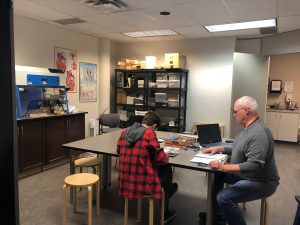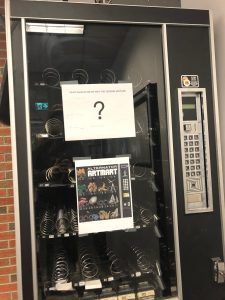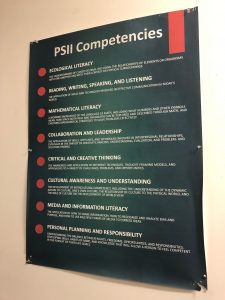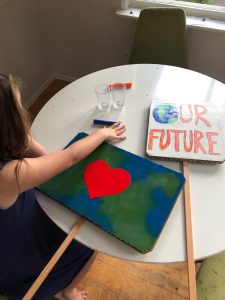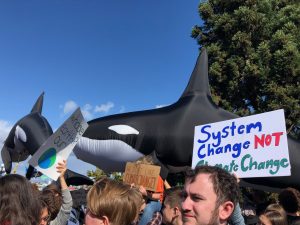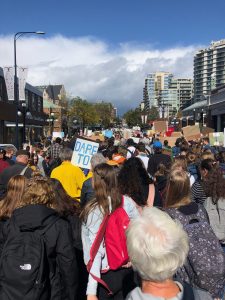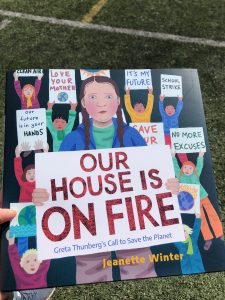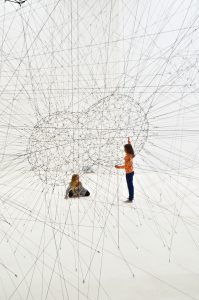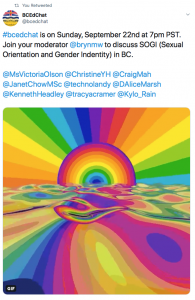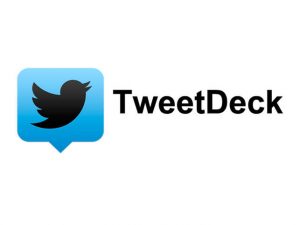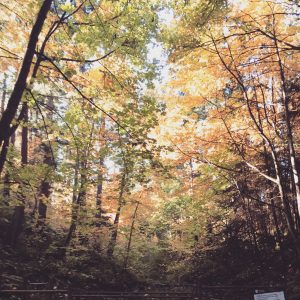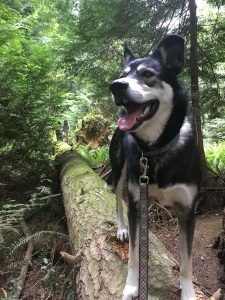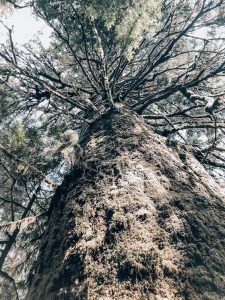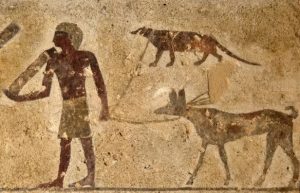
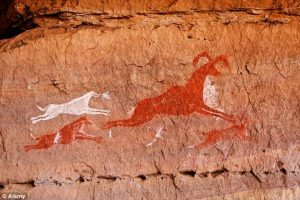 According to the Canadian Animal Health Institute, there are 8.2 million dogs in Canada, a close second place to that feline species who populate the land with 8.3 millions. “41% of [Canadian] households have at least one dog.” For the latest Canadian pet population numbers visit the Canadian Animal Health Institute.
According to the Canadian Animal Health Institute, there are 8.2 million dogs in Canada, a close second place to that feline species who populate the land with 8.3 millions. “41% of [Canadian] households have at least one dog.” For the latest Canadian pet population numbers visit the Canadian Animal Health Institute.

What is it about the human-canine bond that has so many of us giving our four-legged-friends a seat at our table and branch on our family tree?
NPR posted a great interview about how dogs and humans became acquainted thousands of years ago. Listen to the interview here.
Interview Highlights:
On puppies
“There’s something about them that makes us friends with them. There are people who dislike dogs for sure. But dogs also have an uncanny ability … to walk in a room and pick out the one or two who seem to dislike dogs the most and make friends with them. It’s happened to me with some of my dogs on numerous occasions. I think there’s a deep — some people call it love, I call it a ‘deep empathy’ between these two species that resonates with each other in a way that makes them comprehensible to each other, even though they don’t speak the same language.”
On the cultural evolution of dogs
“This is one of the reasons why people like to speak of the dog as a separate species than the wolf, even though they’re so closely related. The dog lives with us in a way that wolves don’t. It is created by us in different ways.”
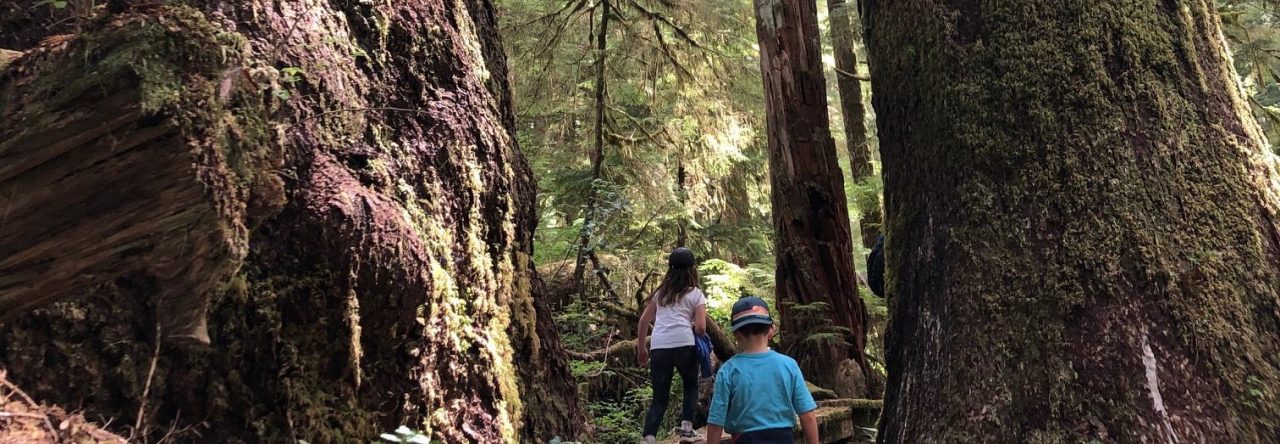
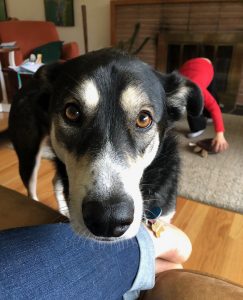 I may have taken on more than I can chew with training Cocoa to play dead. Perhaps, I should go with something a little easier…I am trusting there are amazing resources out there that will lead me down the right path to getting our loving pooch to try something new.
I may have taken on more than I can chew with training Cocoa to play dead. Perhaps, I should go with something a little easier…I am trusting there are amazing resources out there that will lead me down the right path to getting our loving pooch to try something new.
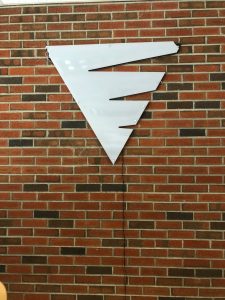
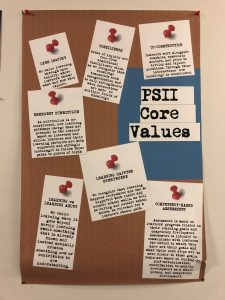 PSII Core Values
PSII Core Values
